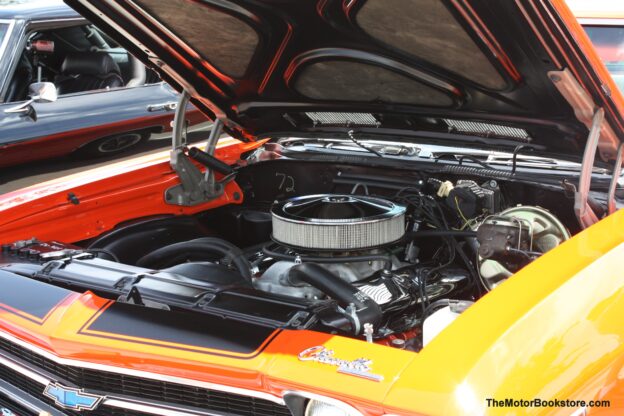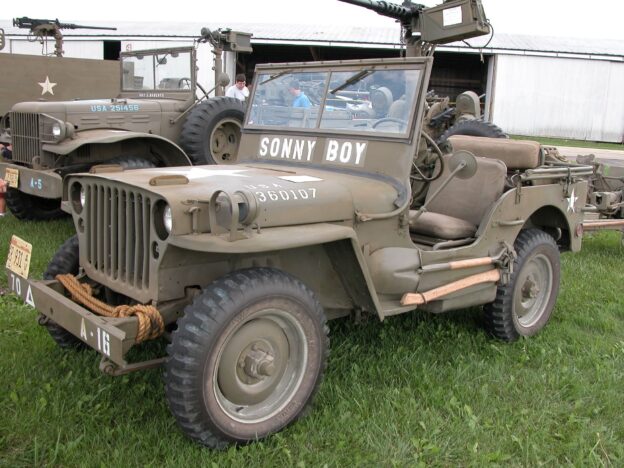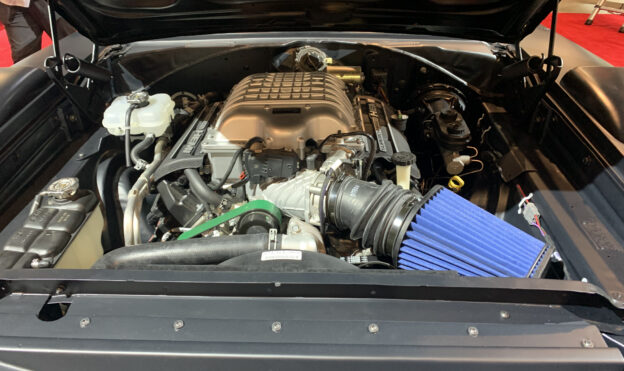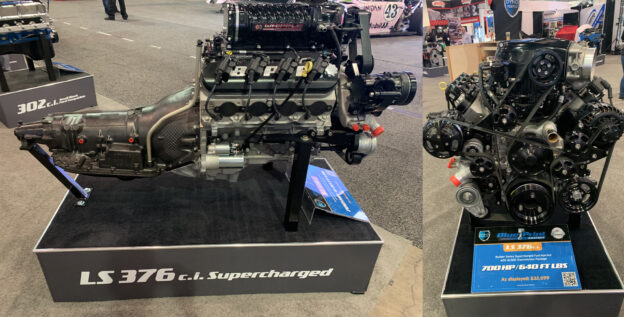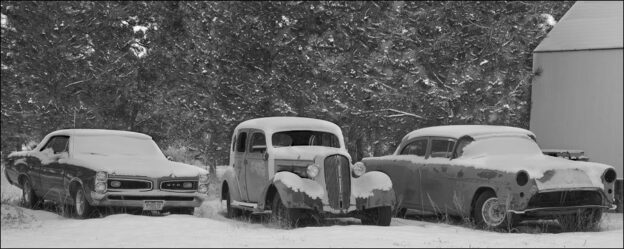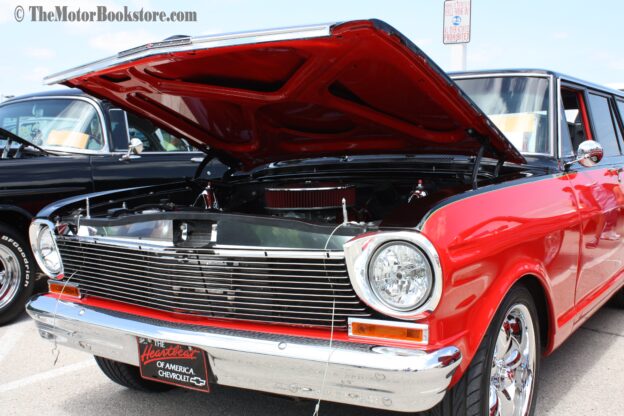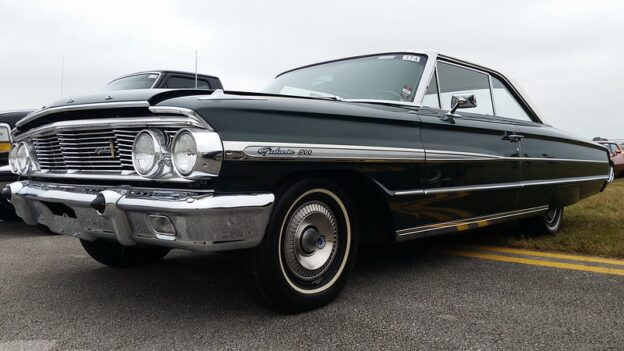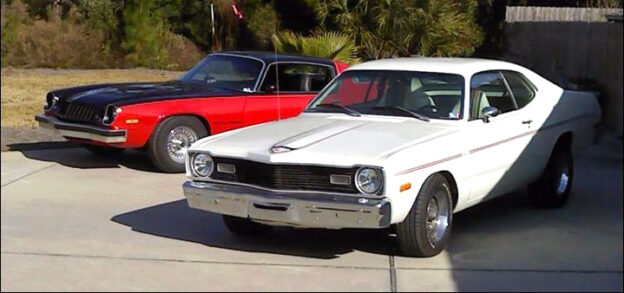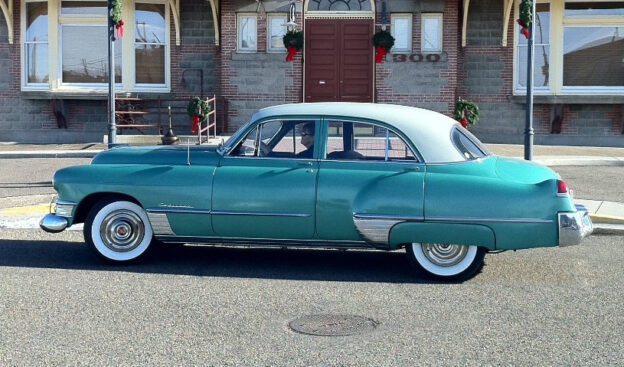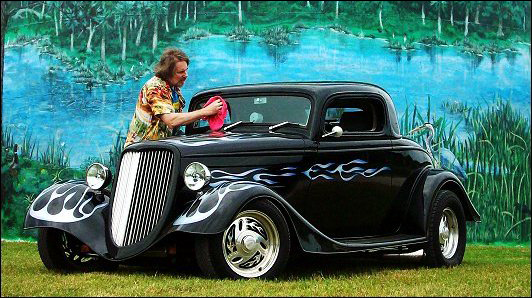
What’s the Best Engine for a Beginner to Rebuild?
Rebuilding an engine can be a rewarding, satisfying experience, especially as you become more skilled. However, it can take a while to learn the ins and outs of engines. Beginners might want to start with a relatively easy project rather than jumping right into complex dual overhead cam monstrosities. Here, we’ve selected engines that are ideal for DIY’ers looking to get their feet wet.
4-Cycle small engines
These inexpensive engines are commonly found in lawn mowers, snow blowers and golf carts. These are basically miniature vehicle engines, meaning that fewer parts, tools, and space are needed to work on them. With replacement parts widely available, they represent a good starting point for a beginner engine rebuild. Some manufacturers also sell rebuild kits with standard replacement parts such as rings, valves, gaskets, pistons and seals to get you started.
Motorcycle and dirt bike engines
These engines are good beginner options for many of the same reasons as a lawn mower or snow blower engine. A classic single-cylinder 2-stroke motorcycle or dirt bike engine makes for the easiest option, though more general maintenance is required. A multi-cylinder 4-stroke engine will….
Willys-Overland and Ford produced the iconic 1/4-ton 4×4 military trucks, commonly known as the “Jeep”, during World War II. These versatile vehicles, specifically the Willys MB and Ford GPW models, became symbols of American ingenuity and wartime resilience. Designed for reconnaissance and transportation, these military jeeps were rugged and reliable, making them invaluable on various terrains across the world.
Key Features and Specifications
Willys-Overland and Ford built their military Jeeps to be light, compact, and versatile.
Weight and Size: Weighing around 2,300 pounds, the Jeep was compact but sturdy, able to carry up to 800 pounds of equipment or personnel. Engine: Both Willys and Ford models used the “Go Devil” 4-cylinder engine, known for its durability and ability to generate 60 horsepower. 4×4 Capability and Ground Clearance: The Jeep’s four-wheel-drive system and high ground clearance allowed it to handle mud, sand, snow, rocky ground, and other challenging conditions. Flat Fenders and Fold-Down Windshield: The Jeep’s flat fenders allowed soldiers to stand on them or place items on them when needed. Soldiers could lower the fold-down windshield to reduce the vehicle’s height, making it less conspicuous and easier to transport. Open Body Layout: The open design allowed….
Your car’s engine is its beating heart. It powers everything, keeps your vehicle running, and is arguably the most critical component of any car. Over time, though, wear and tear take a toll on this essential part. This leaves you with a crucial decision: should you repair or replace your engine? Understanding the signs and assessing your options will help you make the right choice for you and your car.
Recognizing Symptoms of Engine Trouble
Before deciding whether to replace or repair your engine, it’s important to identify the symptoms of engine problems. Knowing these warning signs could save the car’s engine and your money. Common symptoms of engine trouble include:
Unusual noises: A knocking or tapping noise typically points to worn engine bearings, faulty pistons, or other internal problems. Excessive exhaust smoke: If you notice black, blue, or white exhaust smoke, this could signal burning oil, incomplete combustion, or a coolant leak in the engine. Each color of smoke points to a different issue that needs to be addressed. Loss of performance: If your car struggles to accelerate or drops in power and fuel efficiency, it could indicate internal damage or malfunction. Frequent overheating:….
Transmissions are one of the most essential parts in your vehicle, acting as the middleman between the engine and the driveshaft. They also suffer more wear and tear than other parts, and failures can be expensive to repair. With this guide, you’ll learn about common automatic transmission problems so you can diagnose them early.
Problems going into gear
Once you shift into drive, your transmission should immediately go into the appropriate gears. But a balky transmission will sometimes hesitate, go into the wrong gear, or just not go into gear at all. As it gets worse, the transitions between gears become more jarring. Potential causes include problems with the gears, an open electrical circuit, failed shift solenoids, or broken valves.
Slipping gears
Another sign of trouble is your car slipping out of gear while driving. You can tell this is happening if the RPMs rev higher than normal without an increase in speed. This could be caused by worn or broken gear linkage, a worn clutch, or faulty solenoids. If the transmission only slips when it’s warm, it may mean the internal seals or valves are broken.
Low/leaking fluid….
With Christmas comes Christmas movies, both new and old. Some feature iconic landmarks, some feature traditional characters, and some feature memorable, classic cars. Read on to learn about some of the most famous Christmas movies and their classic cars.
It’s a Wonderful Life (1946)
In It’s a Wonderful Life, one of the most important things to George Bailey is his 1919 Dodge Brothers Model 30. This early Dodge car was the first to be produced in Detroit and had multiple different body types, such as the sedan and roadster, available. Despite the harsh New York winters, however, George Bailey opted for the convertible touring model.
A Christmas Story (1983)
This 1937 Oldsmobile Six F-37 was Ralphie’s father’s treasure in A Christmas Story and a rather popular sedan at the time. Despite how much he loved the car, he had some frustration with the level of maintenance it required. Ralphie tried to help his father with the car one day, leading to the iconic soap-in-mouth moment.
Miracle on 34th Street (1947)
In Miracle on 34th Street, a conversation with Kris Kringle leads Fred Gailey and Doris and Susan Walker to drive by their….
You’ve finally completed your first car restoration and are ready to show it off, but what do you need to do to make your first car show go smoothly? The Motor Bookstore is here to help make prepping for your first car show go smoothly so everyone can see your handiwork at its best.
Cleaning the Exterior
Everyone will see your car’s body first, so be sure to make a good impression. Begin by cleaning the engine and undercarriage with a good degreaser. Next, do tires and wheels using a commercial cleaner spray and scrub brush. Finally, hose the car down and clean it with an automotive cleaner and sponge, working your way from the roof down. Rinse the car and dry with a microfiber towel.
Waxing
A good waxing will really make your car shine. Apply wax in thin coats, working in small sections around the car. Make sure to do this in the shade or other cool environments – if the paint gets hot, the wax will dry too quickly and cause hazing.
Interior
People will be peeking inside your car at the show, and you want them to like what….
Restoring a classic Ford Galaxie is a labor of love that requires time, patience, and dedication. These beautiful American full-size cars, manufactured from 1959 to 1974, are popular among vintage automobile enthusiasts. However, bringing a Galaxie back to its original glory can present several challenges. In this comprehensive guide, we’ll explore the most common hurdles faced during the restoration process and offer practical solutions to help you navigate your way to a beautifully restored classic Ford Galaxie.
1. Finding Rare and Discontinued Parts
One of the most significant challenges in restoring a classic Ford Galaxie is locating original or reproduction parts. Some components may be rare, discontinued, or require customization to fit properly.
Solution: Search for specialized online retailers and auction sites that cater to classic Ford car enthusiasts. eBay, Hemmings, and Collectors Auto Supply are great starting points. Join Ford Galaxie forums, online communities, and social media groups where fellow enthusiasts share resources, advice, and parts for sale. Visit local swap meets,….
Buying a used car can be a great way to save money and still get a reliable vehicle, but it’s important to inspect it thoroughly before making a purchase. By taking the time to look over the car carefully, you can avoid potential problems and make sure you’re getting a good deal. Read on to learn more about how to inspect a used car before buying.
What to Bring
Some basic supplies will help you during the inspection process. Bring a notebook and pen to take notes and a small flashlight for the engine compartment. A magnet will help you detect concealed body work, and a CD or auxiliary cord is good for testing the sound system. Also, bring paper towels for checking fluids and a code reader for the onboard computer.
Check the Exterior
The first step in inspecting a used car is to check the exterior for any damage or signs of wear and tear. Look for scratches, dents, and rust, as these can all be indicators of larger problems. Check if there’s any sagging, which could show signs of suspension or frame problems. Make sure the body panels are all aligned….
Car restoration isn’t just for everyday folks. A love of cars is something that stays with you for life – if you end up becoming a famous celebrity, you can take that love to even greater heights. Read on to learn about some of the celebrities who like to restore classic cars as much as any other enthusiast.
Jay Leno
The former “Tonight Show” host is the standard-bearer for the celebrity classic car community. Leno’s collection consists of nearly 300 restored automobiles and motorcycles. It has everything from Doble steam cars to a 1960 Panhard PL 7. He’s also known for his car knowledge, which has led to the TV show “Jay Leno’s Garage” and a regular column in “Popular Mechanics”.
Tim Allen
Known for his role as Tim “the tool man” in “Home Improvement,” Tim Allen has collected a wide variety of both domestic and foreign classic cars over the years. His collection consists mostly of Chevrolets, such as the 1968 Chevy Camaro 427 COPO and the 1962 Chevrolet 409 Bel Air. He also collects several Fords, like the rare 1986 Ford RS200 only sold in the UK. His 1956 Ford F100 was….
Should I Paint a Scratch on My Car?
As hard as you try to take care of your car, scratches are seemingly inevitable. Falling tree branches, keys that miss their mark, and bumps from people or luggage can all leave unsightly dings and blemishes on your vehicle. But should you paint a scratch on your car? The Motor Bookstore weighs in below.
The Pros and Cons
The main arguments against painting scratches on a car are that A) it can potentially be expensive and time-consuming, and B) fixing scratches aren’t essential to a car’s performance. After all, if it doesn’t get you where you’re going and faster, then what does it matter? However, we ultimately come out in favor of painting scratches for a few big reasons.
To begin with, even minor scratches will hurt your car’s resale and trade-in value. You may not care about them, but dealerships certainly will. In addition, deep scratches that penetrate the base coat or primer are prime candidates to eventually develop into rust holes. Lastly, many automotive experts agree that scratches can adversely affect your own view of the car – and if you think less….

 Shop Store
Shop Store